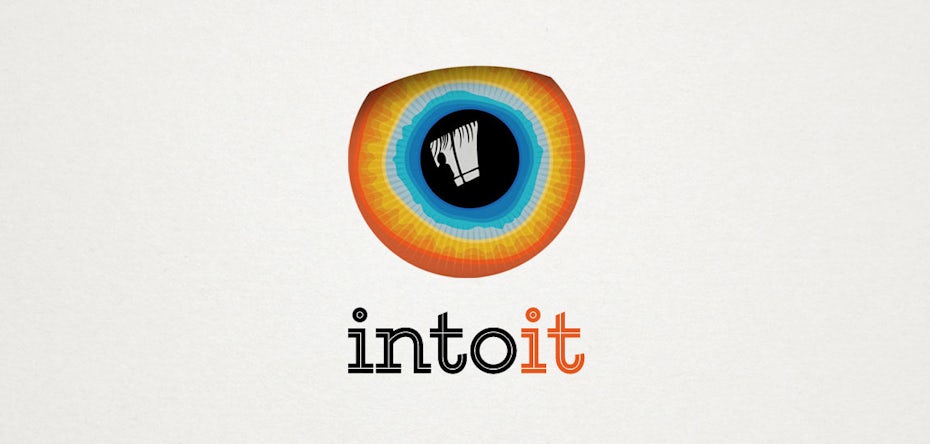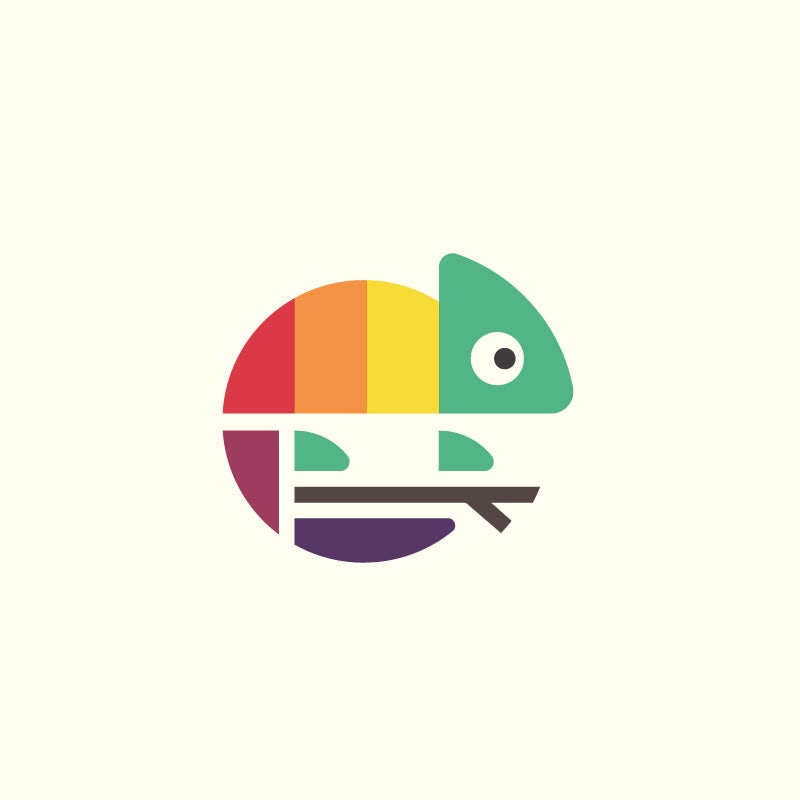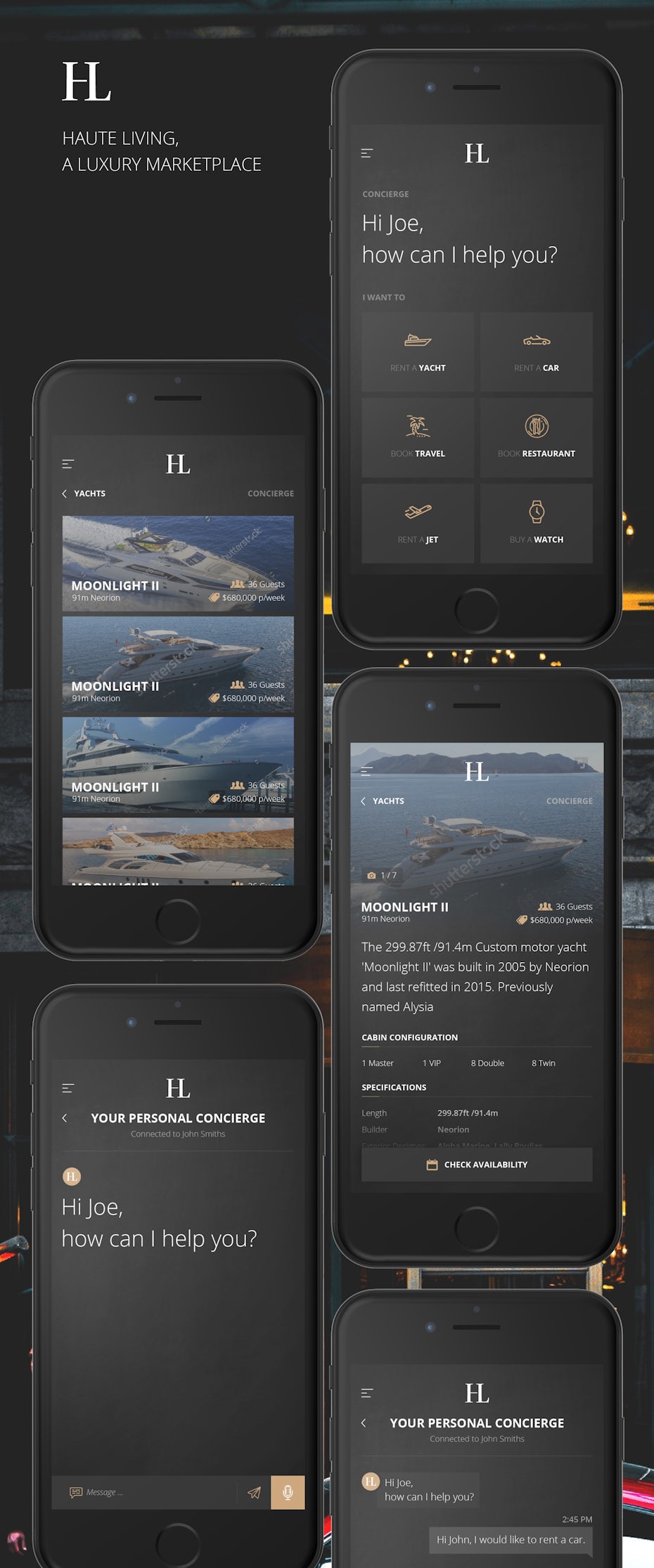Psychology in design: 5 tips to understand what your customers want before they do

Being a designer means mixing disciplines: one half seen paintings, one half enterprise, one half promoting and advertising and marketing and—whether or not or not you’re aware of it or not—one half psychology. The 1st step in making a design that principally connects with the meant viewers is to know that viewers.
What of us see and what they actually really feel are two very numerous issues. The first is an aesthetic experience; the latter is a psychological one. Good design necessitates every, so designers need better than a elementary understanding of psychology for his or her work to make a worthwhile impression.
Nonetheless what are you going to do—put your career on hiatus while you return to highschool for 12 years? You don’t need a doctorate to make use of psychology to design—solely a crash course inside the fundamentals. And that’s exactly what this textual content is about: beneath, we present 5 psychological guidelines which could be in all probability probably the most useful to graphic design.
1. Pleasing visuals have an effect on decision-making and improve usability
—
Good designs are better than solely a reasonably face. A design’s visuals have an infinite affect on the final impression of a product, and will even go as far as to reinforce usability by the buyer’s notion.

Design creator and professor (and ex-psychology scholar) Don Norman explains that there are two key takeaways from understanding the psychological outcomes of visuals.
First, visuals are the dominant have an effect on in how we make selections. It started with our evolutionary ancestors, who wanted to make split-second selections as a matter of life or dying. Once more then, for individuals who observed tiger stripes, you didn’t have time to sit down and course of what they meant — you each ran immediately or that was the tip of your hereditary line.
This led to a natural predisposition to visuals in making selections. Break up-second glances inform us better than time spent ruminating the logical execs and cons. That’s why one factor (or any person!) that seems good on paper can actually really feel mistaken genuinely, and vice-versa.
For designers, the moral is that it’s worthwhile to comply along with your coronary coronary heart over chilly particulars and figures of design. Take an online web page from Google’s book: their emblem defies pretty only a few authorized tips of geometrical symmetrynonetheless the end finish outcome merely feels additional pure than the geometrically wonderful one.

Visuals go even deeper, though, to the aim the place they actually improve usability.
A optimistic impression on a product or image locations the thoughts in a relaxed state—the buyer enjoys using or seeing it—whereas a harmful impression has the opposite influence. That loads may be obvious with no psychology diploma, nonetheless proper right here’s the kicker: a relaxed thoughts capabilities additional successfully. Throughout the context of design, which implies the buyer might be able to research and performance a system additional simply.
A analysis by Japanese researchers Masaaki Kurosu and Kaori Kashimura backs this up. Their group created two ATMs, every an similar in efficiency, nonetheless one used a pleasant aesthetic present whereas the alternative used an unattractive affiliation. When polled, people who used every ATMs claimed the aesthetic ATM labored increased, whereas the alternative was said to be troublesome to utilize.
An identical efficiency. Utterly totally different notion.
2. Too many alternatives are as unhealthy as not ample
—
Prospects want as many alternatives as attainable… until they actually get them. In what’s now known as Hick’s regulation, psychologist William Hick and his evaluation companion Ray Hyman proved that the additional selections on the market to a person, the longer it ought to take them to determine.
A additional scientific rationalization of “KISS: Preserve It Straightforward, Foolish,” Hick’s regulation reminds designers to include solely elements which could be important. Extra elements that serve no extreme purpose will do nothing nonetheless tax the buyer’s ideas and weight down the experience.

Hick’s regulation has develop into significantly of a staple for web design, considerably regarding limiting the alternatives in menus or interactive elements on an online web page. Nonetheless, on a micro-level, it could be equally utilized to all seen designs.
As an illustration, the proposed emblem (to the exact) for Penguin Boards met with quite a few criticism because of there are too many competing particulars: the frilly font, the aggressive coloring, and the intricacy of a skeletal penguin. Too many particulars in a standalone image have similar influence as too many navigation selections in an web website.

There, that’s increased! The worthwhile submission for Helpful Penguin’s emblem design contest reveals the power of simplicity. It’s not that the design is rudimentary, it’s that each stroke and side is chosen rigorously with a purpose to not overburden the observer. Even the font is sans serif.
3. Loss aversion > potential purchase
—
On the subject of framing a product’s selling elements, loss aversion beats potential purchase.
In 1979, Daniel Kahneman and Amos Tversky proved their thought that “losses loom larger than corresponding constructive facets,” propped up on the once more of the prospect precept. What this suggests for designers and regular promoting and advertising and marketing professionals is that highlighting how a product helps the buyer stay away from a harmful experience will in all probability be additional impactful than showcasing the way in which it helps them purchase a model new revenue. Instead of claiming “Save $20 by signing up presently,” you’d have increased outcomes for individuals who wrote, “Stay away from a $20 surcharge by signing up presently.”

The right occasion lies inside the landing internet web page design that clinched the victory for 99designs creator smashingbug, “At all times keep in mind the place you go” has a far more extremely efficient influence than “bear in mind the place you go”—the consumer would pretty stay away from a harmful experience (forgetting) than purchase a optimistic one (remembering).
4. Seen communication is a typical language
—
Of all of us, designers know that phrases aren’t the one methodology to speak. Nonetheless, similar to with verbal communication, what you say with visuals depends on how successfully you talk the language.

designer is conscious of the deeper which implies behind seen elements like coloration, shapes, placement and so forth. Rounding out a nook or shifting a bit a millimeter to the left can in all probability change your full which implies of the image.
The which implies of such visuals elements are deeply rooted in psychology. As an illustration, as soon as extra going once more to our evolution, the color pink is normally associated to blood, lending it further associations with emergency, warning and utility. Whether or not or not or not you’ve studied the “hidden” which implies of visuals, your human instincts must subconsciously determine up on what pictures discuss, even when your waking ideas is oblivious.
5. Conduct loops and gamification make the buyer experience satisfying
—
Whereas we’re all caught inside the third dimension, web and software program program designers are creating inside the fourth: time. Designing for time might end in an entire new array of points, nonetheless when achieved correct, it moreover brings an entire new array of benefits.
One such profit is the habits loop: integrating a cause-and-effect pattern that motivates prospects with a reward system. It’s a lot easier than it sounds, and the fact is you see it on each day foundation.
A paper by David T. Neal, Wendy Wood, and Jeffrey M. Quinn explains the way in which it really works. When you boil it down, a habits loop incorporates three predominant phases:
- Cue—a recognizable sign that it’s time to impress the habits
- Routine—a sequence of actions responding the the cue; always the similar
- Reward—a prize for ending the routine

The best occasion of that’s logging into your e mail account. On this occasion, the cue is the login show display screen—seeing this, widespread prospects know immediately what to do. The routine is typing inside the username and password, a course of we’re so accustomed to, we do it mindlessly. And ultimately, the reward, entry to our emails.
As persons are creatures of habits, the habits loop accounts for a lot of our habits—whilst a lot as 40% of our time, in line with the paper.
What this suggests for designers is that, by integrating the highly-defined steps of the habits loop into usability, you make it easier for purchasers to assemble their very personal habits loops alongside along with your product. As an illustration, embody a visual cue that’s easy to acknowledge, and supply a reward that’s ample incentive to return once more for.
Conduct loops are good not just for repeat enterprise, however as well as for the buyer experience as a result of it reduces the amount of contemplating that goes into using a product. The price of habits loops are most evident inside the rise of the newest gamification sample; all these seemingly superfluous “elements” to “unlock” certain choices are merely cleverly disguised habits loops.
That marks the tip of presently’s session
—
::scribbling in pocket ebook:: …And the way in which does this textual content make you feel?
Design is—and always will in all probability be—about of us. Understanding how your fellow individuals suppose is the first step in creating designs that attraction to them. Use the above concepts as a leaping off stage to review additional about tips about merge design with predictable human habits… likelihood is you may merely research one factor about your self alongside the way in which by which.
Have to work with designers who understand these guidelines by coronary coronary heart? Click on on proper right here to have our whole group of designers submit designs just for you.
Are you a designer? Have to put your talents to good use? Click on on proper right here to enroll with 99designs and fireplace up your freelance career.





